Review for Samurai 7 Collector's Edition
Introduction
This autumn and winter, MVM are going back to four Gonzo classics and giving them the Blu-ray treatment. All four shows come from that period when anime was mostly being animated at 480 lines NTSC resolution, which means that the Blu-rays are going to be scaled up by default. Also, these shows are from relatively early in the BD scaled up anime cycle, when more post-processing, DNR and sharpening was being used than was healthy for anime. If we were in the US, it would be easy to say that holding onto the DVDs would be the obvious choice, but we’re in the UK, where the original DVDs were NTSC-PAL standards conversions, with a whole lot of ghosting and interpolation artefacts. I’d say that you’re pretty safe in opting for the Blu-rays at this point, as they would have to be spectacularly bad to be worse than original UK DVDs, but that has happened on a couple of occasions, which makes revisiting Samurai 7 on Blu-ray worthwhile, just to check.
In the review for Burst Angel, I made mention of the Gonzo cyberpunk-sci-fi-comedy-mystery mash-up template that was established when they released Kiddy Grade, and which a fair proportion of subsequent Gonzo shows conformed to. Some were good, some were average, and some were downright abysmal, but all seemed to come from the same production line. But then there were one or two Gonzo template shows that transcended their origins, becoming far more than the sum of their parts, the same way that Full Metal Alchemist is much more than just another shonen adventure. First Gonzo made Last Exile, which combined amazing world-building with Range Murata’s character designs to result in a sci-fi classic. Alas that isn’t getting a Blu-ray this year. But then Gonzo made Samurai 7, an amazing feat of storytelling.
Japan’s anime industry turned to Akira Kurosawa’s classic Seven Samurai for inspiration. With the seal of approval from the estate of Kurosawa, and from the eye candy powerhouse that is Gonzo comes Samurai 7, an animated take on the original story. But this series is set after the second age of the Samurai in the distant future following a devastating war, where once again a village of farmers has had enough of seeing their hard earned produce going into the bellies of giant cyborg bandits, and have decided to recruit warriors of their own to protect their crops. Farmer Rikichi, water priestess Kirara and her kid sister Komachi are sent to the city of Kogakyo where they expect to find warriors skilled enough to protect their village. Unfortunately, Samurai willing to work for rice are few on the ground, and they only manage to find a handful of willing recruits led by the veteran warrior Kanbe. Just seven samurai against an army of bandits...
The 26 episodes of Samurai 7 are presented across three Blu-rays from MVM thus.
Disc 1
1. The Master
2. The Pupil
3. The Entertainer
4. The Loner
5. The Drifter
6. The Fool
7. The Friend
8. The Guardian
9. The Bandits
Disc 2
10. The Journey
11. The Village
12. The Truth
13. The Attack
14. The Gun and the Calm
15. The Offering
16. The Storm
17. The Remembrance
18. The Emperor
Disc 3
19. The Mutiny
20. The Execution
21. The Rescue
22. The Divide
23. The Lies
24. The Oaths
25. The Last Battle
26. The Era’s End
Picture
Samurai 7 gets a 1.78:1 widescreen 1080p transfer on this disc, and it’s a good one. By that I mean it’s not one that takes liberties with the source image, applying DNR, filtering and sharpening to make it look faux HD. This seems to be a simple upscale of the original SD source, and it looks like a very good DVD scaled up to HD. The image is clear, detail levels are as you would expect, and compression significantly reduced compared to the original MVM DVDs, while colours are richer and more vivid. There is still some banding in darker scenes, which might be down to the source material. Samurai 7 is a stunning mix of traditional 2D and 3D CG animation. The character designs are excellent, and the world design enchants, a future world that is heavily influenced by the past. The animation is exceptional, with the action sequences doing the story justice. Although as per Gonzo’s usual MO, there’s at least one episode where they have the work experience guys come in, and the character models all go to pot (here it’s episode 7).
Sound
You get a choice of Dolby TrueHD 5.1 English and Japanese, with optional translated English subtitles or just a signs track. This is one of the early Funimation BDs which shows in the thin white font used. Both audio tracks boast great surround presence. The world design is reflected in the sound design, with the future world a curious mix of hi-tech and steampunk. Samurai 7 has another couple of fine tunes for its credit sequences, but the incidental music is more traditional. The subtitles are accurately timed and are free of typos.
There is one minor issue, an audio dropout in the Japanese track, 2:18:33 into disc 3 (episode 24). No dialogue is lost, and the English track is unaffected at that point.
Extras
The discs present their content with animated menus, and we even get a little more in the way of extras compared to the original UK DVD release.
Disc 1
The audio commentary on episode 1 featuring ADR Director Chris Bevins, adaptive writer Jared Hedges, and Colleen Clinkenbeard (Kirara) is certainly new to the UK.
Disc 2
R. Bruce Elliot (Kanbe) and Sean Michael Teague (Katsushiro) join Voice Director Chris Bevins in commenting on episode 14.
Disc 3
Here you will find the Promotional Video (5:23 SD), and the textless credit sequences.
Conclusion
Thinking of Samurai 7 and Samurai Champloo, I briefly considered stating that if there is the word ‘Samurai’ in the title, then buy it regardless, until I remembered that MVM also released Samurai Deeper Kyo. But even after all this time, Samurai 7 still holds up as an exemplary piece of storytelling, It helps that this is an adaptation of an existing, and complete work, rather than an ongoing manga or light novel series, which would usually result in an incomplete tale with at best a cobbled together and non-canon ending. Here, there is enough room and runtime to expand on the original Seven Samurai storyline, and develop the characters and the world further.
The basic premise of the story is still the same, with bandits terrorising and stealing from a farming village, and the farmers banding together to hire warriors to defend them. But by shifting the story to a distant, albeit still feudal future, it opens up the possibilities for world building, and a greater degree of exploration, as well as allowing for steampunk and cyberpunk ideas. This becomes a world where samurai can be bionically enhanced to the point that they become essentially giant, flying cyborgs. There’s an exploration into the history of this world, the ‘Great’ War, and the changes in society that resulted, with the merchants gaining power at the expense of the warriors, and the peasants at the bottom of the ladder.
The original story is all about the samurai coming together to fight the bandits, and to protect the village, but Samurai 7 takes the story past that, building on its expanded premise, realising that it isn’t just the bandits that threaten the village, but the societal structure itself that has enabled and supported the bandits. In Samurai 7, the heroes take the fight to the rulers themselves, to free the peasants from their true overseers once and for all.
In many ways, this is a typical Gonzo sci-fi action cyberpunk fantasy comedy mash-up, and as the episodes unfold, you can see how the series aims for the demographic that most Gonzo shows target. There’s a little bit of everything for everyone, moments of humour, a little bit of romance, some drama, and plenty of action. And all the while, there is an overarching mystery that unfolds over the course of the series, leading up to the finale where all the conspiracies are revealed, and the villains dealt with in a ‘throw everything at the screen’ climax.
Where this show excels, and even transcends the Gonzo production line is the effort and detail that goes into the characterisations. This show is an embarrassment of riches when it comes to the characters and the depth of the writing; each of them has an emotional arc, and go on a journey that develops over the 26 episodes in very satisfying ways. The seven samurai in particular are interesting and complex characters that avoid the usual stereotypes when it comes to anime. They all have back stories that define who they are, and how they interact with each other, making every episode a joy to watch, and giving this show a far better level of re-watchability than many other Gonzo shows. Certainly after almost 20 years, I’m still glued to Samurai 7, whereas many other Gonzo shows quickly become background noise to me.
Other than that slight audio glitch in one episode, this Blu-ray upscale is just what I would expect and hope for from an SD era show. No faux HD, but a reduction in compression and richer colours. And Samurai 7 is one of the better anime to come from Studio Gonzo, making this Blu-ray much recommended.
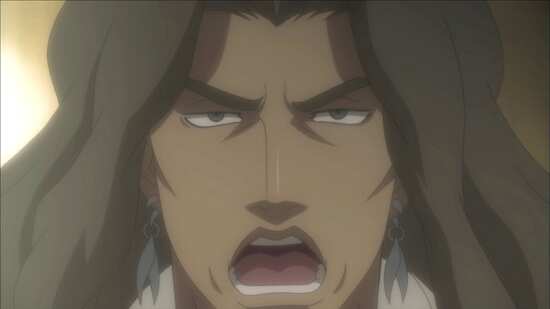
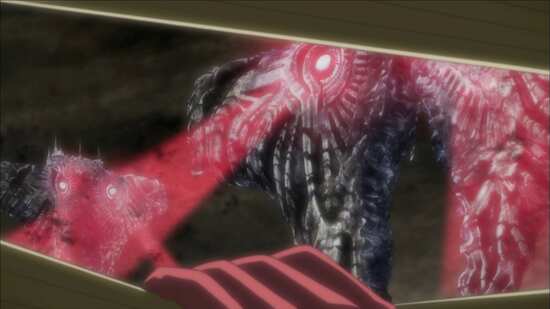

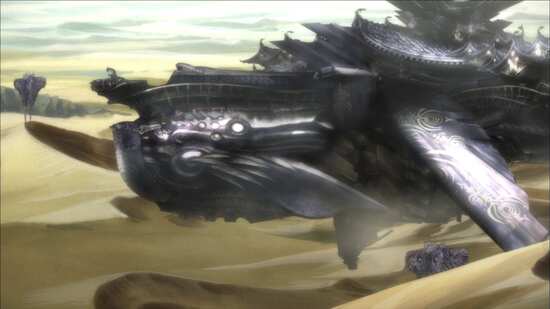
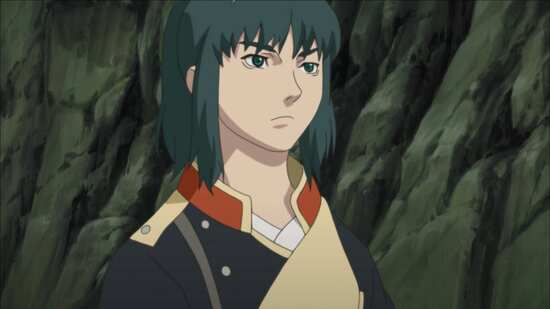
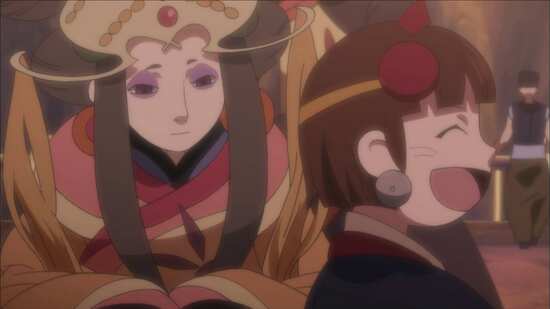

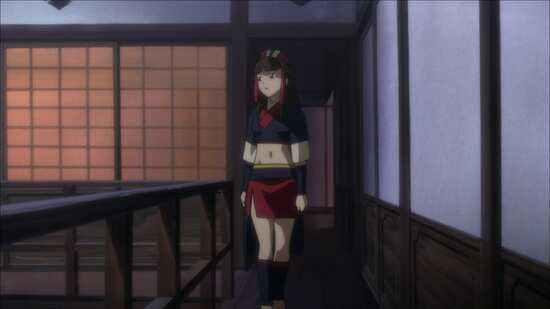
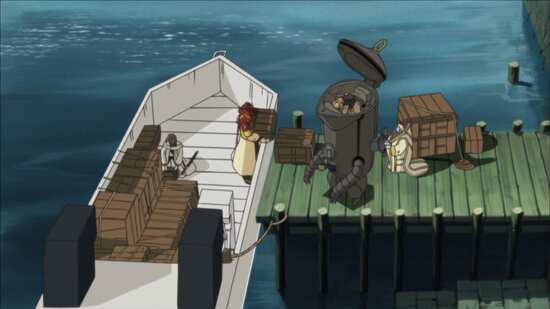
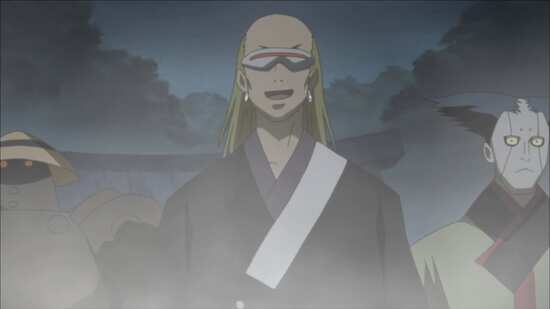
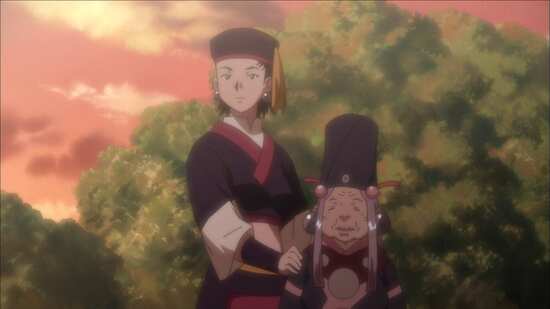
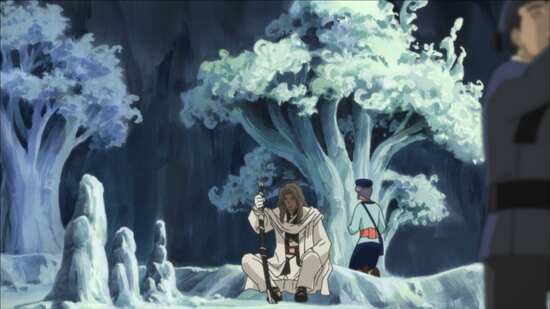
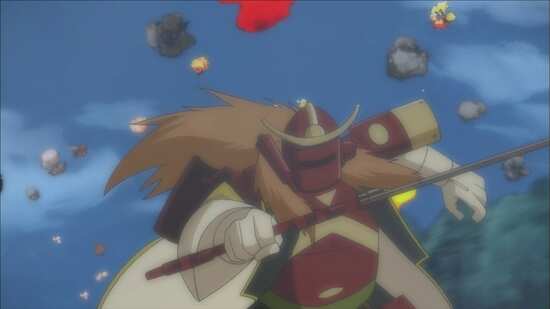
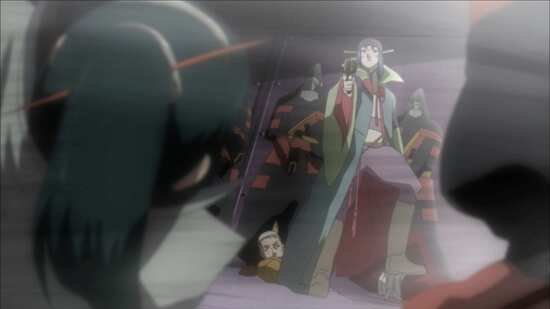

Your Opinions and Comments
Be the first to post a comment!